
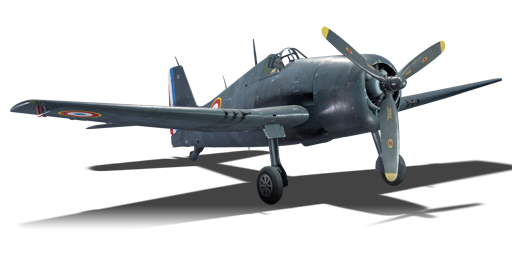


After World War II, France found itself lacking a proper military to maintain the domain of its overseas colonies like French Indochina. The F6F Hellcat was chosen by the French Aéronavale to be its new multirole aircraft, the aircraft served alongside F4U Corsairs and F8F Bearcats later on. Around 150 units were acquired between 1950 and 1953. The F6F had a short service life due to its relative obsolescence, most units were withdrawn from service with the introduction of the Bearcat, but the aircraft remained as a solid close air support choice during the Indochina Wars.
It was introduced in Update 1.73 "Vive la France". The F6F Hellcat is well known for serving the United States Navy in World War II. This French-operated example is identical to the US F6F-5 and is among the first of the many lend-lease US aircraft in the French aviation tree. The Hellcat is a bulky fighter supported by a powerful R-2800 Double Wasp radial engine. In the air-to-air role, it is best used as a boom-and-zoom aircraft to take advantage of its good speed and diving capabilities, but it can also turn quite well in a pinch. The Hellcat is also an excellent strike fighter for mixed battles; a pair of 1,000 lb bombs and a salvo of HVAR rockets can make short work of enemy ground vehicles, and those looking for a challenge can try their luck with the Tiny Tim anti-ship rockets. The Hellcat has something for everyone and is a good introduction to Rank 3 of French aviation. Succeeding the F6F-5 is the French SB2C-5 Helldiver, another export US naval aircraft.
flaps
flaps
flaps
brake
| Belt | Belt filling | Armor penetration (mm) at a distance: | |||||
|---|---|---|---|---|---|---|---|
| 10 m | 100 m | 500 m | 1000 m | 1500 m | 2000 m | ||
| T/Ball/Ball/I/AP-I | 28 | 26 | 18 | 11 | 7 | 4 | |
| AP-I/AP-I/AP-I/T/I | 28 | 26 | 18 | 11 | 7 | 4 | |
| T/AP/AP/AP/AP-I/I | 30 | 27 | 20 | 13 | 9 | 6 | |
| T/T/T/T/T/AP-I | 28 | 26 | 18 | 11 | 7 | 4 | |
| AP/AP-I/AP-I/I/I | 30 | 27 | 20 | 13 | 9 | 6 | |
| Name | Weight | Slot | ||||||||
|---|---|---|---|---|---|---|---|---|---|---|
| 62.8 kg |  |  |  |  |  |  | ||||
| 534.2 kg | 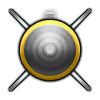 |  |  | |||||||
| 242.6 kg |  |  |  | |||||||
| 500.8 kg |  |  |  | |||||||
| 721.2 kg | 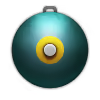 | |||||||||
| 996.3 kg | 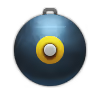 | |||||||||
| 964.8 kg | 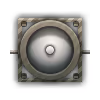 | |||||||||












Flight performance | |
|---|---|
Weaponry | ||
|---|---|---|